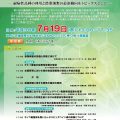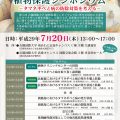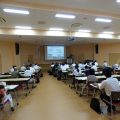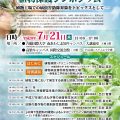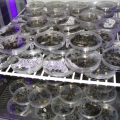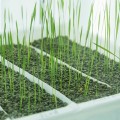H. Ishii1,2, H. Watanabe3, Y. Sato4, K. Kikuhara5, and S. Nakao6
1Kibi International University, Minami-awaji, Hyogo, Japan
2University of Tsukuba, Tsukuba, Ibaraki, Japan
3Oita Prefectural Agriculture, Forestry and Fisheries Research Center, Usa, Oita, Japan
4Akita Prefectural Fruit Tree Experiment Station, Yokote, Akita, Japan
5Fukuoka Agriculture and Forestry Research Center, Chikushino, Fukuoka, Japan
6JA Oita Hita, Hita, Oita, Japan
Sequence analysis of cytochrome b gene in Venturia nashicola isolates with reduced sensitivity to QoI fungicides
Scab is the most serious disease of Japanese pear and the control of this disease largely relies on spray application of fungicides. As a result, the isolates of Venturia nashicola resistant to DMI fungicides are distributed in the pathogen populations. In this study, the sensitivity of V. nashicola to azoxystrobin was monitored because QoI fungicides carrying high-risk for resistance development are sprayed as alternatives. Monoconidial isolates were cultured on PDA plates supplemented with a series of concentration of azoxystrobin plus 1 mM n-propyl gallate. The average and maximum EC50 values of azoxystrobin was 0.3 µg/ml and 2.2µg/ml, respectively, for baseline isolates never received fungicide selection pressure. In contrast, the EC50 values for 20 out of 162 isolates sampled from commercial pear orchards in Oita and Fukuoka prefectures exceeded 2.2 µg/ml and maximum value was 77.2 µg/ml indicating the distribution of isolates with reduced azoxystrobin sensitivity in the field. The nucleotide sequence of cytochrome b gene in these isolates was analyzed. Surprisingly, the sequence of all 40 isolates analyzed was GCT at codon 143 and deduced amino acid was alanine rather than glycine in both sensitive isolates and isolates with reduced azoxystrobin sensitivity. The sequence was confirmed by RFLP analysis when the PCR products were cut with the restriction enzyme Fnu4HI. To know the potential risk of these isolates for disease control, inoculation tests using potted pear trees will also be conducted.

